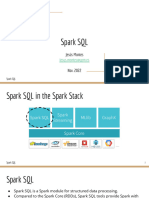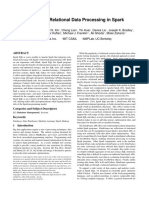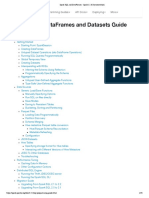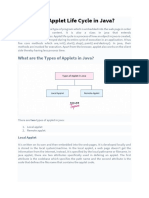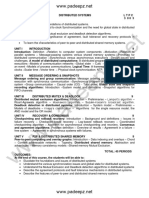0% found this document useful (0 votes)
25 views58 pages4 - Spark SQL
The document provides an overview of Spark SQL, highlighting its use of DataFrames and DataSets for relational data processing, and its advanced query optimizer, Catalyst. It discusses the differences between RDDs, DataFrames, and Spark SQL, as well as the benefits of using Spark SQL for complex data operations. Additionally, it introduces Project Tungsten, which focuses on optimizing memory management and execution performance in Spark applications.
Uploaded by
Karim OsamaCopyright
© © All Rights Reserved
We take content rights seriously. If you suspect this is your content, claim it here.
Available Formats
Download as PDF, TXT or read online on Scribd
0% found this document useful (0 votes)
25 views58 pages4 - Spark SQL
The document provides an overview of Spark SQL, highlighting its use of DataFrames and DataSets for relational data processing, and its advanced query optimizer, Catalyst. It discusses the differences between RDDs, DataFrames, and Spark SQL, as well as the benefits of using Spark SQL for complex data operations. Additionally, it introduces Project Tungsten, which focuses on optimizing memory management and execution performance in Spark applications.
Uploaded by
Karim OsamaCopyright
© © All Rights Reserved
We take content rights seriously. If you suspect this is your content, claim it here.
Available Formats
Download as PDF, TXT or read online on Scribd
/ 58




